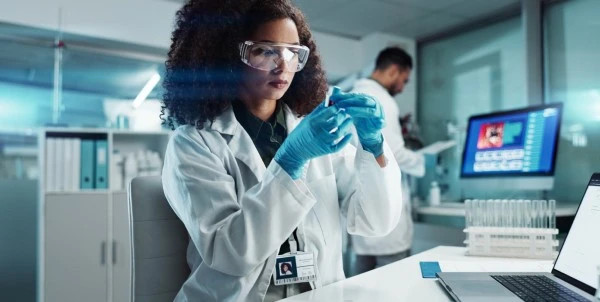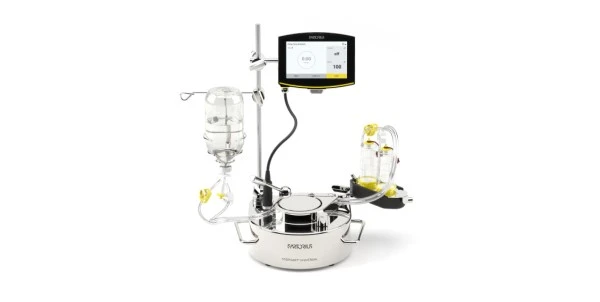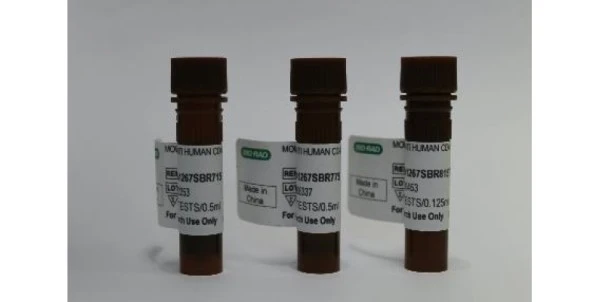
Cannabis-derived Prescription Medicines get the Green Light?
Up til this point, the spotlight has largely focused on legal aspects and regulations that punctuate the cannabis landscape.
- State by state, medicinal laws have been considered, and in many cases enacted – throughout the U.S. thirty states and the District of Columbia now have legalized cannabis laws in some form or another.
- Dispensaries have opened, patients have enlisted, and cannabis products and services have propagated.
- Canada sits at the verge of nationwide cannabis legalization, certain to be a monumental development across the entire industry.
Although state and provincial limitations and political arguments remain (factors that will continue to share the spotlight), light should be shown, with increasing intensity, on the developments in pharmaceutical cannabis and cannabis-related research.
We are on the brink of several medical and scientific achievements that will equal great success for the field. Scientific and medical progress are the most important drivers towards informed political and public perception – and developments along these fronts will play critical roles in shaping further legal and political activities going forward.
In the spirit of these assertions, an update on a few important milestones is certainly warranted.
Cannabidiol (CBD) prescription medicines inch closer to approval
- The very near future looks promising, as an FDA advisory panel recently recommended Epidiolex for final approval -- with a final FDA decision slated for the end of June.
- Epidiolex, for the treatment of seizures associated with Lennox-Gastaut syndrome and Dravet syndrome, is made from naturally sourced cannabidiol, a marked departure from the handful of previously approved synthetic cannabis drugs.
- Epidiolex could very well clear the way for CBD drugs and plant-based cannabis therapeutics in general, as further research into valuable compounds can potentially progress to clinical studies and trials with greater ease.
These developments may in turn be a bellwether for patients suffering from illnesses which in many cases have proven intractable to traditional therapies.
How is CBD different than THC and other cannabinoids?
- As mentioned, CBD is a non-psychoactive compound, setting it a world apart from the high-inducing counterpart, THC.
- CBD functions through a completely unique mechnism from THC -- thought to involve cannabinoid receptor 1 (CB1) modulation through an indirect allosteric mechanism.
- The differences in targets and affected pathways translate to distinct biological effects – CBD can induce relaxation through serotonin production and reduce inflammation, among many other effects.
- THC interacts with CB1 and CB2 in the brain and affects appetite, memory, motor responses, and psychological activity.
- However, limited research and increasing anecdotal evidence suggests that despite their differing mechanisms of action, both CBD and THC may be useful in treating symptoms like pain.
The targets, mechanisms, and biological effects of additional cannabinoids lack clear definition, although increased research activity, perhaps on the immediate horizon thanks to CBD, may change the tide.
What’s the difference between plant-derived versus synthetic CBD?
- Stepping back, CBD is primarily found in hemp whereas THC (and some other cannabinoids) are present in much higher ratios in sativa or indica strains.
- As such, methods for the isolation of plant-derived CBD often focus on the cultivation, harvesting, and processing of hemp.
- Cutting and grinding mills must be equipped to handle to tough, fibrous plant material, whereas extraction methods must focus on the organic properties of CBD, with purity, potency, and contaminant analysis all following suit.
- Synthetic cannabinoids are the source of several approved medications, including Sativex (Nabixinols) (CBD:THC; 1:1) for the treatment of spasticity associated with multiple sclerosis.
- Pure synthetic CBD drugs are in various stages of approval. Early published work of CBD synthesis involved N, N-Dimethylformamide-dineopentylacetal mediated formation from (+)-cis-p-methanadiene-(2,8)-ol-(1) and olivetol -- what was at the time a simple synthetic entry into chemically and optically active compounds similar to those found in natural sources.
- A more recent study involved synthesis of cannabidiol via alkylation of cyclohexenyl monoacetate . Very recent methods have been described for novel synthetic routes as well.
Main differences between natural CBD and synthetic CBD involve the method of isolation, the presence of additional chemically active compounds, and the distinct biological effects natural “extract” preparations may have over pure synthetic CBD.
- The plant-based drug may very well be a CBD isolate, but the lingering presence of chemically active compounds, even at minimal levels, may induce complimentary “entourage effects".
- Pharmaceutical grade CBD (Epidiolex) has been described as 99% pure.
- It is believed that lower doses of natural CBD preparations may contrast with synthetic CBD, which is purportedly difficult to dose properly.
- Another difference may well be the solvent, as natural CBD extracts, when prepared via supercritical CO2 or another “clean” extraction process, can contain a natural base of material, perhaps an important contrast to chemically defined solvents used in purely synthetic preparations.
Further research into the chemical and bioactive qualities of each will help stratify these observations.
How will CBD approval change the status of cannabis research?
- This is not entirely clear, but one has to think that FDA-approval of cannabis-derived CBD will make significant waves across the political and scientific oceans.
- Having very recently enacted legal medicinal marijuana legislation in Pennsylvania, the state Department of Health has been quick to approve a host of universities as Certified Academic Clinical Research Centers – a seemingly bold signal that research into further medicinal marijuana applications is a priority.
- Other advancements, such as appointment of a Medical Marijuana Advisory Board and expansion of approved medical conditions to include opioid-use disorder, are formidable developments as well. Overall, these trends are representative of nationwide initiatives.
Medical marijuana outlook
What does all this mean for laboratory professionals who create and use the tools and technology at the forefront of the industry? It means the chance to push the cannabis frontier into new territory of potential therapeutics and life-enriching medicines.
Visit the LabX Cannabis Laboratory application page for equipment and product listings as well as content dedicated to the field of cannabis science.
View our expanding catalog of Cannabis Laboratory content.
Image credit: Wikimedia.Commons9










